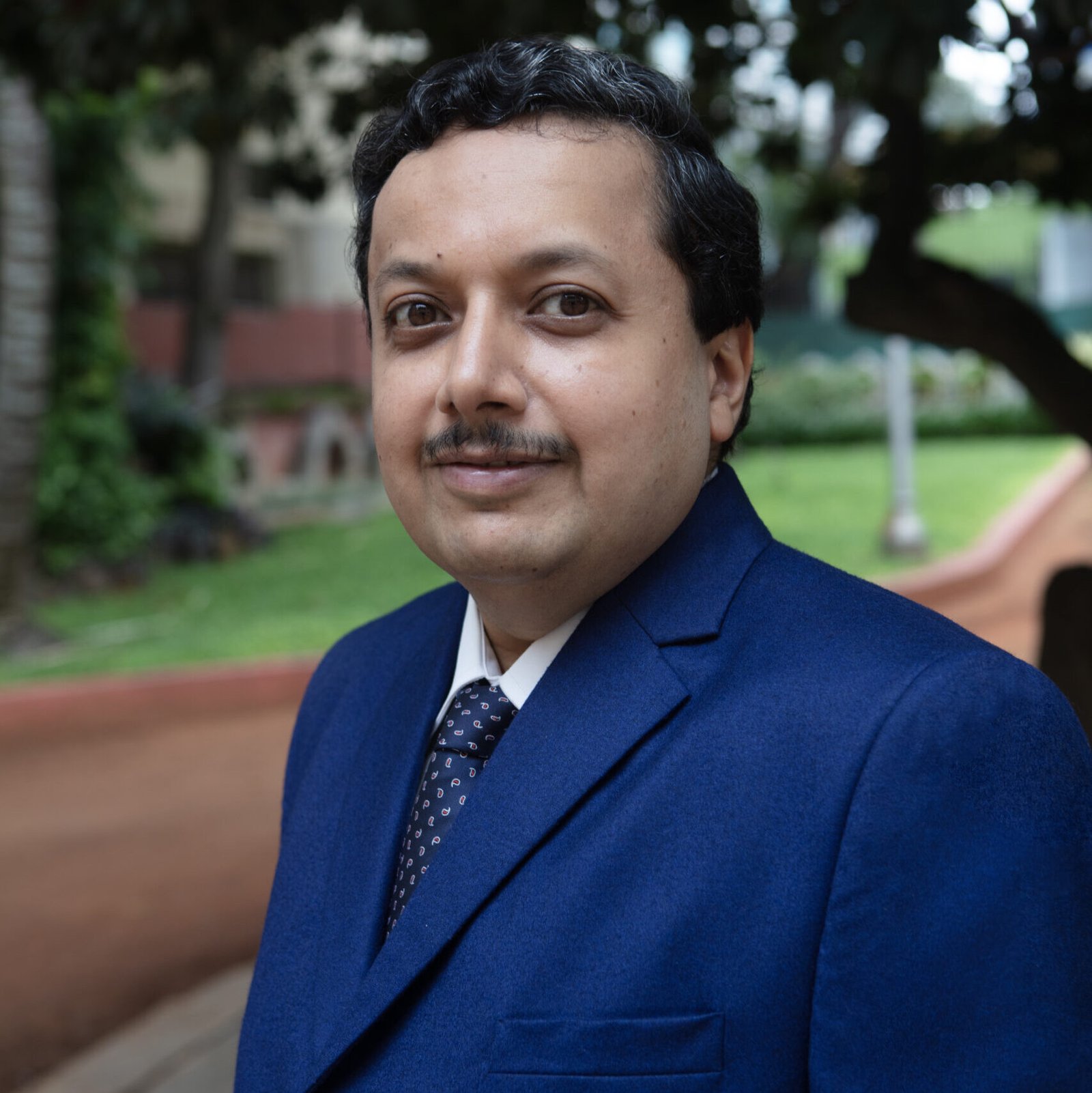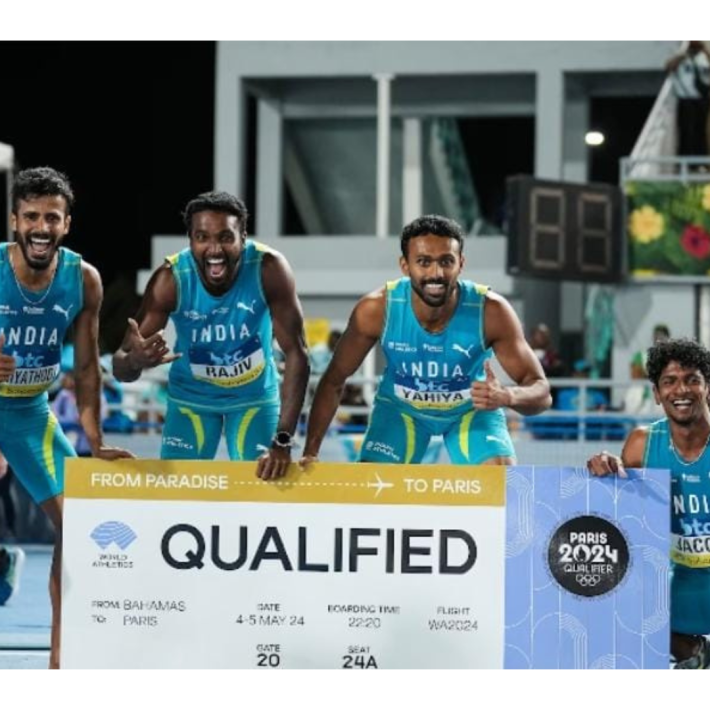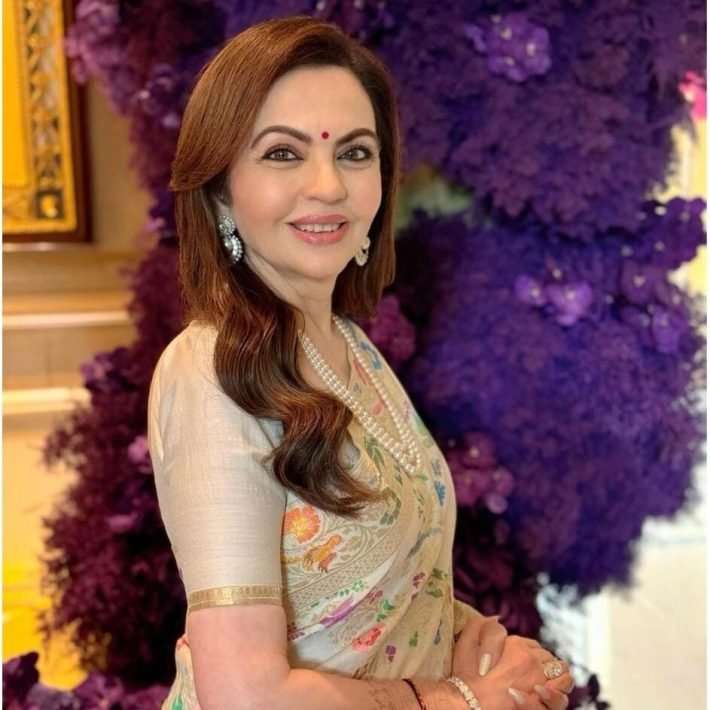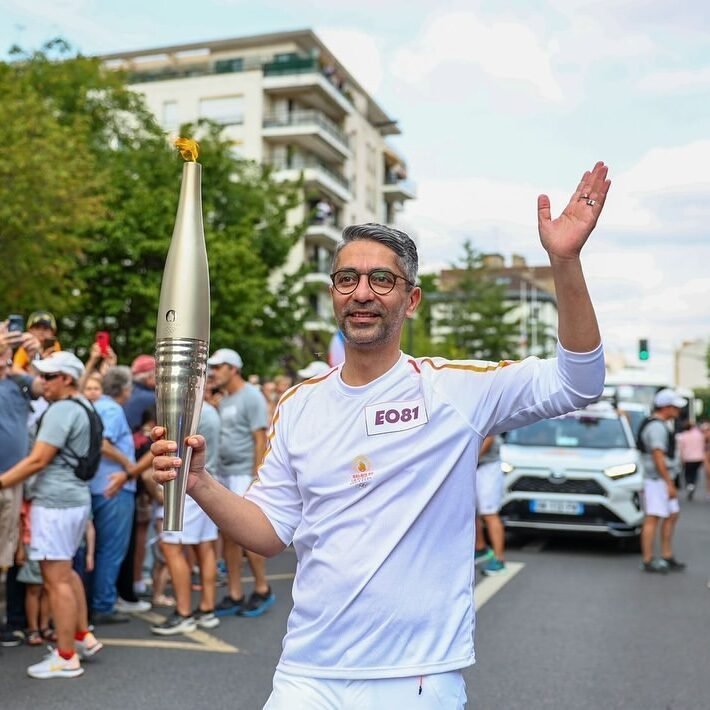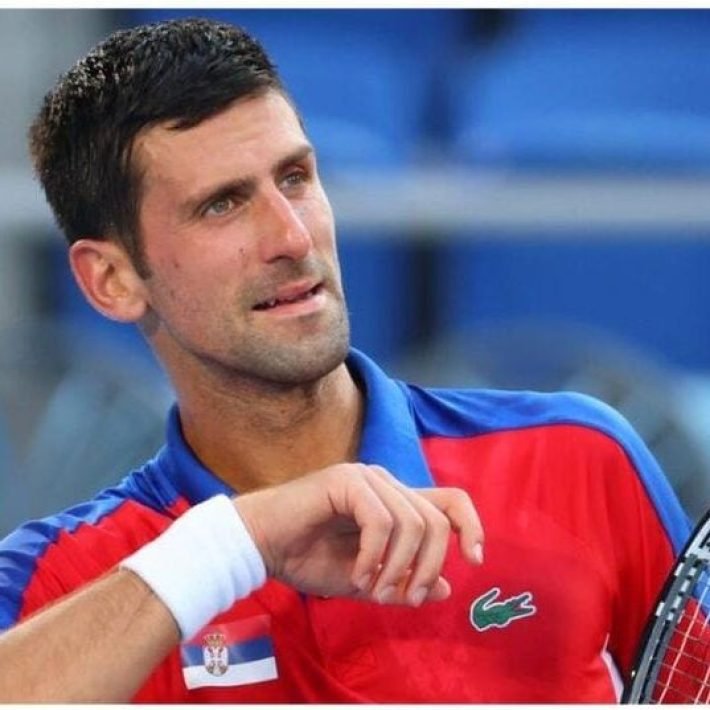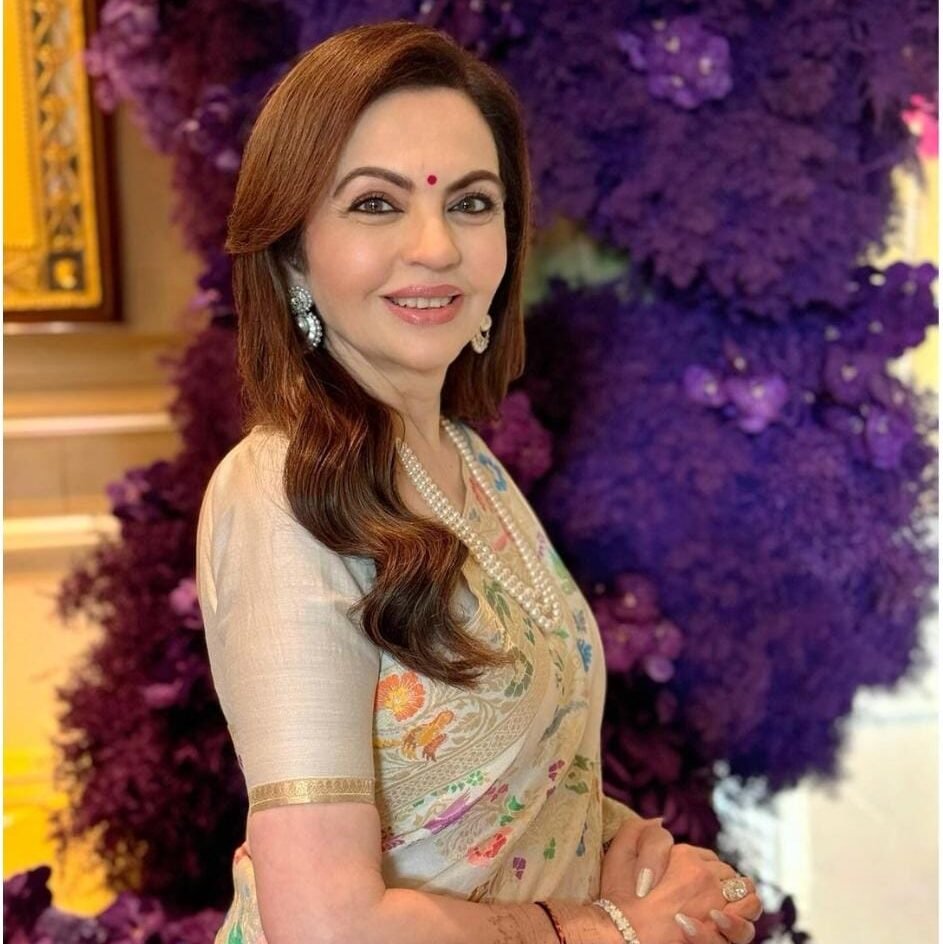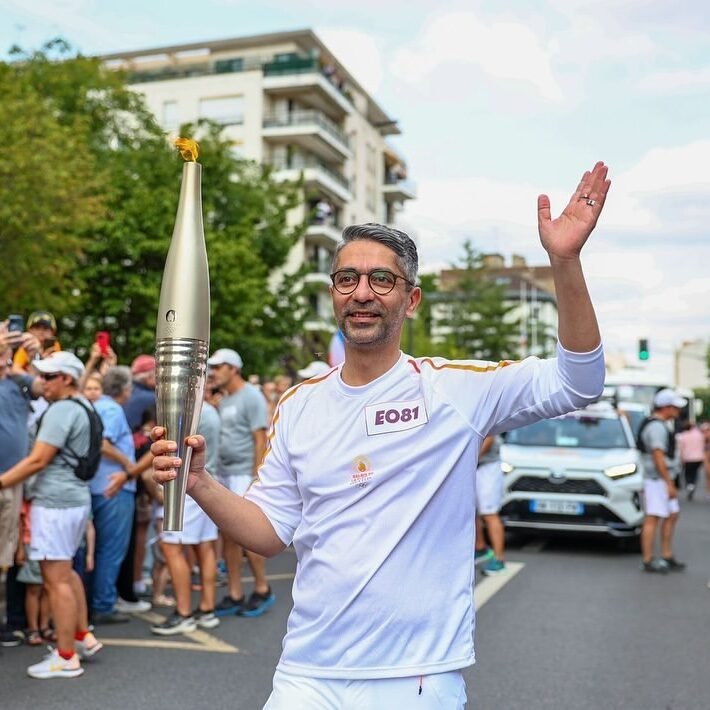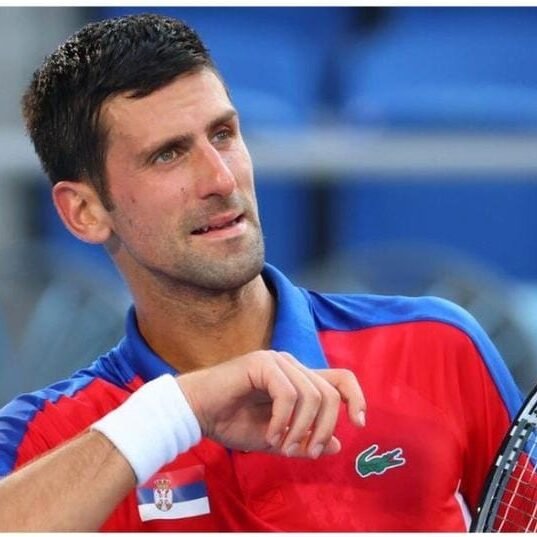Author and advocate Ganesh V Shivaswamy chats with Nichola Marie about his latest work, the second volume of his book series ‘Raja Ravi Varma: An Everlasting Imprint’, which looks at renowned artist Raja Ravi Varma’s ‘Bombay’ (Mumbai, today) connection.
How do you view Raja Ravi Varma’s relevance and legacy in today’s world?
Interestingly, his legacy has undergone a resurgence. As people have started understanding democratic entitlement better, artists and legacies that have remained elite, exclusive, and esoteric are losing their societal relevance. To take a recent example, a petition was filed before the Hon’ble Supreme Court of India seeking a revocation of the certification granted to the film ‘Adipurush’. In the petition, it was stated the ideal representation of Ravana was that of Raja Ravi Varma. Here is an instance of Varma’s work – as recently as 2023 – being treated as the sacrosanct depiction of a person from a Hindu epic. While this is the public view, how do I view his legacy? I view it as an outsider. Why? Simply because it is the difference between the view of a player and the vision of the spectator. The spectator always has a better vantage. In the preface to the series as found in Volume 1, the statement of purpose is extracted below:
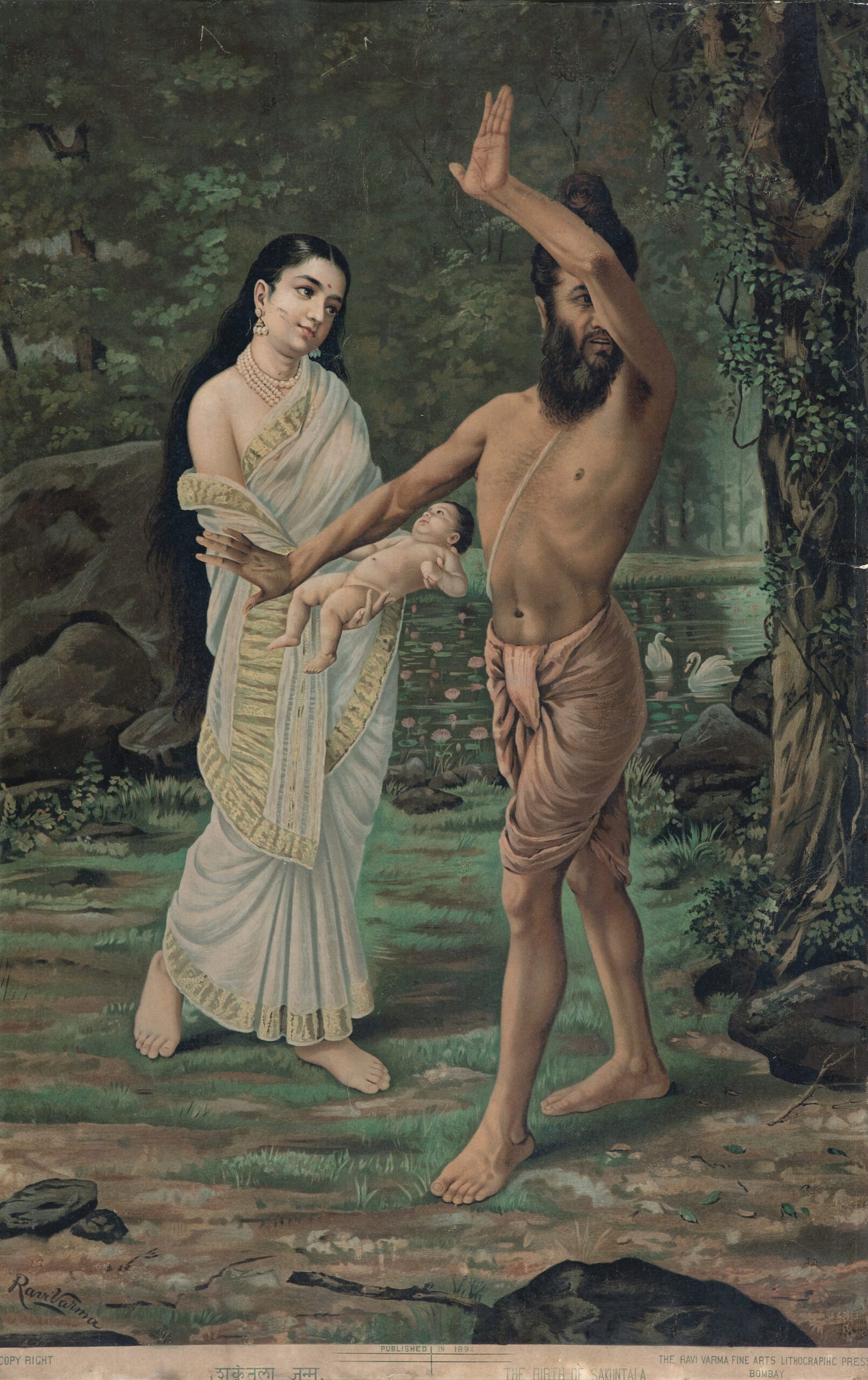
“The 20th century was particularly transformative with the early part of the century standing in drastic contrast to the latter part. Monarchies were the rule in the initial decades and as the century proceeded, they gave way to democratic governments in most parts of the world. A larger number of spaces of religious worship and sacred texts were made accessible to the general public. The century also witnessed the effect of distributive legislation with inequalities giving way to greater sources of livelihood and opportunities for many. With power, religion, health, wealth and education extending their reach, it was natural that art would follow suit. While a lot has been written on the effects of democratization on power, religion and education, there isn’t as much known about its impact on art, especially in India. Statesmen, politicians, religious leaders, philosophers and social reformers are spoken and written about far more widely. But what of artists? It is this exploration that drives the subject of the present book series. India is considered the world’s largest democracy, and it is no surprise that this ancient and assimilative land produced a pioneer who took art from the privileged domain of the patron to the ordinary lives of the masses, even before the start of the 20th century. The celebrated figure, responsible for setting in motion this transition, was Raja Ravi Varma.”
The reality is that democracy was unstoppable – rightly so. The question is, who participated in the inevitable democratisation of art? The answer there is only one: The Raja Ravi Varma Legacy. This is what I find interesting and worthy of exploration.
Do tell us a little about your own interest in and study of the artist and his works.
Mine is a rather painful story, really. When I was 16 years old, I was diagnosed with pituitary cancer. I underwent a partially successful surgery and then was placed under many experimental treatments. I was thereafter placed under the care of a brilliant, out-of-the-box thinker and doctor – Dr R M Varma. He was a brilliant neurosurgeon who looked at healing rather holistically. One day, I was extremely upset (as you may well imagine an adolescent with a bad pituitary) and went to him. He said, “Look at art.” I asked why and he said: The optic nerves pass just above the pituitary and if you look at pleasing things, it may make you feel better – so powerful is the sense of sight that you react just by seeing things – be it beauty or even danger. In Bengaluru, at that time, there was no major museum. The only access to art were the prints being discarded from homes being demolished. So, I started collecting. I must confess, colour was my cure. It really was. I now see the wisdom in people saying ‘smell the roses’ – just take in all the beauty that surrounds us! The collection grew and so did my curiosity. The collection led to reading and research and a better understanding of the legacy.
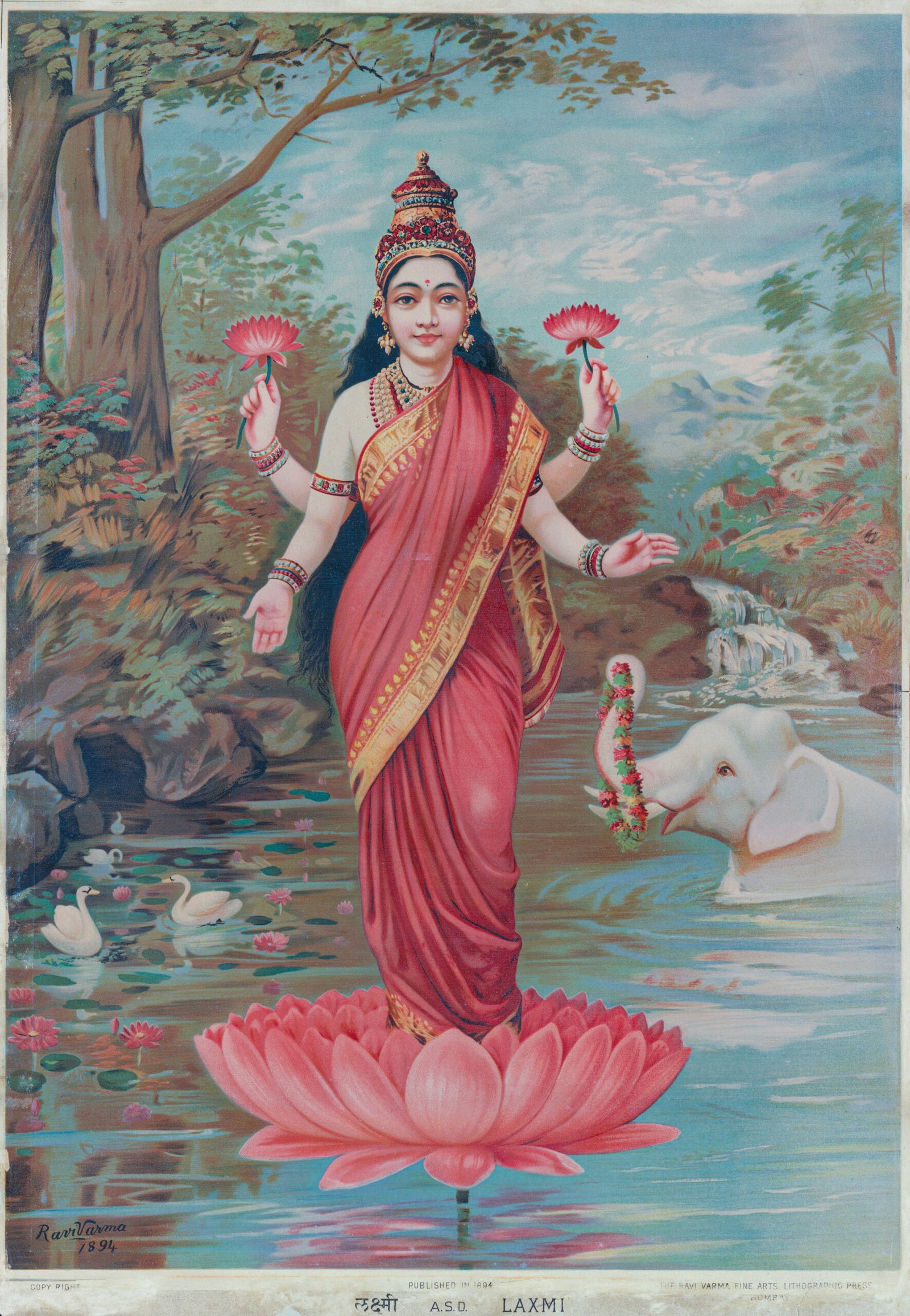
It must also be said in all fairness that this was an organic process – I never intended to be the author of a six-volume set. That happened because it reached a stage where friends started advising me that I better put it down in writing for posterity. I established the Ganesh Shivaswamy Foundation in 2019 which has done much work on the artist. Started writing the book in 2018 which has now become a six-volume series on the legacy. One of the reasons at the back of my mind is that if I have benefitted immensely by looking at art, I hope and pray the book series would benefit someone along the way. One never knows who is lost out there, in search of a cure or answer.
The second volume of your book series ‘Raja Ravi Varma: An Everlasting Imprint’ looks at the renowned artist’s Bombay connection. What are some of the intriguing facts that emerge?
It basically explores the trajectory of the image in its journey from patron to public largely through the agency of the Ravi Varma Press. It also looks at how the image was absorbed into the public realm and the reaction(s) to it. There are many intriguing facts which emerge in the second volume. To cite a few: (a) that the Ravi Varma Press was actually never owned by Ravi Varma at any point in time. We finally see who owned the Press (b) the actual functioning of the Press has never been really documented hitherto (c) what eventually happened to the Press (d) how the Press became not only financially successful but also went on to alter cultural notions – cinema, law, advertising, sculpture, comic culture etc.
What transformative influence did the Raja Ravi Varma Press exert through its visual legacy?

Hugely transformative! If one were to accept the view that culture and religion in India have long been inextricably intertwined, the alteration of notions of religious imagery can largely be attributed to the Ravi Varma Press. The Lakshmi and Saraswati chromolithographs were issued in September 1894. Today, derivations of this stereotype are found in even the humble auto rickshaw. The democratic percolation of this image (art) is unquestionable. The legislative mandate to open temples for worship started in the 1930s with the Temple Entry Proclamation of the Maharaja of Travancore. If you compare the two, while law started the process in the 1930s, art started it in 1894 itself! This is one instance – there are so many such examples of such influence (as stated earlier, cinema etc).
What makes this book a treasure for Varma’s countless fans?
In addition to what is stated above, one of the draws is surely to be the two price-lists by distributors of the Press. They catalogue the prints from the Press which would be of immense help to print collectors. It would also appeal to just about anyone interested in understanding the voice and power of art in bringing about a civilizational transformation.
